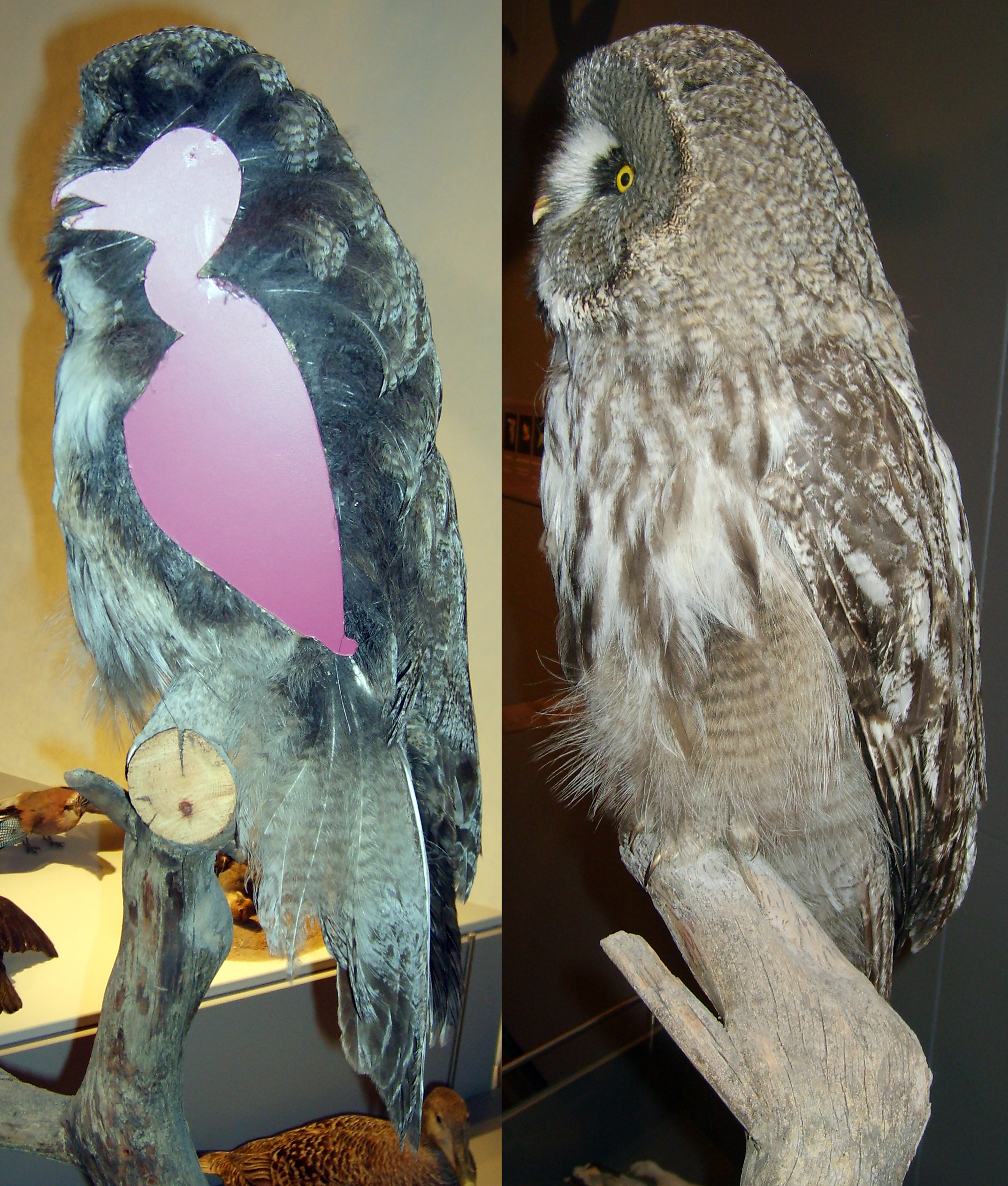|
Lazar's Canyon
Lazar's Canyon or Lazar's Gorge () is located at about 10 kilometers from Bor, Serbia, Bor. This is the deepest and longest canyon in Regions of Serbia, eastern Serbia. Because of its steep rocky cliffs, the canyon has not yet been fully examined. The canyon is famous for its numerous caves and pits. The best known are Lazareva Pećina (also known as Zlotska) and Vernikica and Dubašnička cave (also known as “Zlot caves”). Entire Lazar’s canyon is under state protection, and because of its unique beauty and rich flora and fauna, represents a challenge to all lovers of wilderness and unspoiled nature. The canyon is quite inaccessible, and passing through it is a real adventure, at times quite challenging and arduous. In many places it is necessary to clamber over the rocks. Lazar’s Canyon, up to 9 km long and between 300 and 500 meters in height, is the longest canyon in Regions of Serbia, eastern Serbia. It is cut in the limestone massif of the South Kučaj mountai ... [...More Info...] [...Related Items...] OR: [Wikipedia] [Google] [Baidu] |
Bor, Serbia
Bor ( sr-Cyrl, Бор; ) is a List of cities in Serbia, city and the administrative center of the Bor District in eastern Serbia. According to the 2022 census, the city administrative area has a population of 40,845 inhabitants. Bor has one of the largest copper mining, mines in Europe. It has been a mining center since 1904, when a French company began operations there. With 760 residential buildings, it presents the highest ration of urban area to number of citizens in the country, and is one of top-five cities in Serbia by number of buildings. Name The name is derived from meaning "pine". Geography Bor, situated in the eastern part of Serbia, is distinguished by its diverse geographical features. The town is bordered by the Kriveljska River, and in its vicinity lies Bor Lake, a scenic reservoir that adds to the town's natural beauty and serves as a recreational area. Not far from Bor, Brestovac Spa attracts visitors with its healing mineral waters, providing a tranquil set ... [...More Info...] [...Related Items...] OR: [Wikipedia] [Google] [Baidu] |
Zlot, Bor
Zlot ( sr-cyrl, Злот) is a village in the municipality of Bor, Serbia. According to the 2022 census, the village has a population of 2,675 people. 1890 the population was higher at 3,850 inhabitants. About half of the Zlotians are Romanians Romanians (, ; dated Endonym and exonym, exonym ''Vlachs'') are a Romance languages, Romance-speaking ethnic group and nation native to Central Europe, Central, Eastern Europe, Eastern, and Southeastern Europe. Sharing a Culture of Romania, .... Demographics References Bor, Serbia Populated places in Bor District Romanian communities in Serbia {{BorRS-geo-stub ... [...More Info...] [...Related Items...] OR: [Wikipedia] [Google] [Baidu] |
Peregrine Falcon
The peregrine falcon (''Falco peregrinus''), also known simply as the peregrine, is a Cosmopolitan distribution, cosmopolitan bird of prey (raptor) in the family (biology), family Falconidae renowned for its speed. A large, Corvus (genus), crow-sized falcon, it has a blue-grey back, barred white underparts, and a black head. As is typical for avivore, bird-eating (avivore) raptors, peregrine falcons are Sexual dimorphism, sexually dimorphic, with females being considerably larger than males. Historically, it has also been known as "black-cheeked falcon" in Australia, and "duck hawk" in North America. The breeding range includes land regions from the Arctic tundra to the tropics. It can be found nearly everywhere on Earth, except extreme polar regions, very high mountains, and most tropical rainforests; the only major ice-free landmass from which it is entirely absent is New Zealand. This makes it the world's most widespread Raptor (bird), raptor and one of the most widely found ... [...More Info...] [...Related Items...] OR: [Wikipedia] [Google] [Baidu] |
True Owl
The true owls or typical owls (family (biology), family Strigidae) are one of the two generally accepted families of owls, the other being the barn owls and bay owls (Tytonidae). This large family comprises 230 living or recently extinct species in 24 genus, genera. The Strigidae owls have a cosmopolitan distribution and are found on every continent except Antarctica. Morphology While typical owls (hereafter referred to simply as owls) vary greatly in size, with the smallest species, the elf owl, being a hundredth the size of the largest, the Eurasian eagle-owl and Blakiston's fish owl, owls generally share an extremely similar body plan.Marks, J. S.; Cannings, R.J. and Mikkola, H. (1999). "Family Strigidae (Typical Owls)". ''In'' del Hoyo, J.; Elliot, A. & Sargatal, J. (eds.) (1999). ''Handbook of the Birds of the World. Volume 5: Barn-Owls to Hummingbirds.'' Lynx Edicions. They tend to have large heads, short tails, cryptic plumage, and round facial discs around the eyes. Th ... [...More Info...] [...Related Items...] OR: [Wikipedia] [Google] [Baidu] |
Golden Eagle
The golden eagle (''Aquila chrysaetos'') is a bird of prey living in the Northern Hemisphere. It is the most widely distributed species of eagle. Like all eagles, it belongs to the family Accipitridae. They are one of the best-known bird of prey, birds of prey in the Northern Hemisphere. These birds are dark brown, with lighter golden-brown plumage on their napes. Immature eagles of this species typically have white on the tail and often have white markings on the wings. Golden eagles use their agility and speed combined with powerful feet and large, sharp talons to hunt a variety of prey, mainly hares, rabbits, and marmots and other ground squirrels. Golden eagles maintain home ranges or territories that may be as large as . They build large bird nest, nests in cliffs and other high places to which they may return for several breeding years. Most breeding activities take place in the spring; they are monogamous and may remain together for several years or possibly for life. Fem ... [...More Info...] [...Related Items...] OR: [Wikipedia] [Google] [Baidu] |
Chamois
The chamois (; ) (''Rupicapra rupicapra'') or Alpine chamois is a species of Caprinae, goat-antelope native to the mountains in Southern Europe, from the Pyrenees, the Alps, the Apennines, the Dinarides, the Tatra Mountains, Tatra to the Carpathian Mountains, the Balkan Mountains, the Rila–Rhodope Mountains, Rhodope massif, Pindus, the northeastern mountains of Turkey, and the Caucasus. It has also been introduced to the South Island of New Zealand. Some subspecies of chamois are strictly protected in the EU under the European Habitats Directive. Description The chamois is a very small bovid. A fully grown chamois reaches a height of and measures . Males, which weigh , are slightly larger than females, which weigh . Both males and females have short, straightish horns which are hooked backwards near the tip, the horn of the male being thicker. In summer, the fur has a rich brown colour which turns to a light grey in winter. Distinct characteristics are white contrasting ... [...More Info...] [...Related Items...] OR: [Wikipedia] [Google] [Baidu] |
Animals
Animals are multicellular, eukaryotic organisms in the biological kingdom Animalia (). With few exceptions, animals consume organic material, breathe oxygen, have myocytes and are able to move, can reproduce sexually, and grow from a hollow sphere of cells, the blastula, during embryonic development. Animals form a clade, meaning that they arose from a single common ancestor. Over 1.5 million living animal species have been described, of which around 1.05 million are insects, over 85,000 are molluscs, and around 65,000 are vertebrates. It has been estimated there are as many as 7.77 million animal species on Earth. Animal body lengths range from to . They have complex ecologies and interactions with each other and their environments, forming intricate food webs. The scientific study of animals is known as zoology, and the study of animal behaviour is known as ethology. The animal kingdom is divided into five major clades, namely Porifera, Ctenophora, P ... [...More Info...] [...Related Items...] OR: [Wikipedia] [Google] [Baidu] |
Serbian Ramonda
''Ramonda serbica'', also known as Serbian ramonda and Serbian phoenix flower, is a species in the family Gesneriaceae and are one of the four plants in the Ramonda genus. It was first discovered in 1874 near Niš, Serbia, by the Serbian botanist Josif Pančić. The Serbian ramonda is notable for its distinctive desiccation tolerance. Description Ramonda stands as one of the rare European members of its plant family. Known for its remarkable resilience, this plant has the unique ability to revive when watered, even from a fully dehydrated state—an attribute commonly referred to as desiccation tolerance. It thrives in cool, damp, shaded environments, primarily on steep, north-facing limestone surfaces. The flower was first discovered in Serbia and its natural habitat is the Balkans. Classification Ramonda serbica is one of four plants in the Ramonda (plant) genus. Not to be confused with ''Ramonda nathaliae'', these two flowers differ mainly in the shape and color of leave ... [...More Info...] [...Related Items...] OR: [Wikipedia] [Google] [Baidu] |
Taxus
''Taxus'' is a genus of coniferous trees or shrubs known as yews in the family Taxaceae. Yews occur around the globe in temperate zones of the northern hemisphere, northernmost in Norway and southernmost in the South Celebes. Some populations exist in tropical highlands. The oldest known fossil species are from the Early Cretaceous. Morphology They are relatively slow-growing and can be very long-lived, and reach heights of , with trunk girth averaging . They have reddish bark, lanceolate, flat, dark-green leaves long and broad, arranged spirally on the stem, but with the leaf bases twisted to align the leaves in two flat rows either side of the stem. The male cones are globose, across, and shed their pollen in early spring. Yews are mostly dioecious, but occasional individuals can be variably monoecious, or change sex with time. The seed cones are highly modified, each cone containing a single seed long partly surrounded by a modified scale which develops into a soft ... [...More Info...] [...Related Items...] OR: [Wikipedia] [Google] [Baidu] |
Crimean Pine
Crimea ( ) is a peninsula in Eastern Europe, on the northern coast of the Black Sea, almost entirely surrounded by the Black Sea and the smaller Sea of Azov. The Isthmus of Perekop connects the peninsula to Kherson Oblast in mainland Ukraine. To the east, the Crimean Bridge, constructed in 2018, spans the Strait of Kerch, linking the peninsula with Krasnodar Krai in Russia. The Arabat Spit, located to the northeast, is a narrow strip of land that separates the Syvash lagoons from the Sea of Azov. Across the Black Sea to the west lies Romania and to the south is Turkey. The population is 2.4 million, and the largest city is Sevastopol. The region, internationally recognized as part of Ukraine, has been under Russian occupation since 2014. Called the Tauric Peninsula until the early modern period, Crimea has historically been at the boundary between the classical world and the steppe. Greeks colonized its southern fringe and were absorbed by the Roman and Byzantine Empires ... [...More Info...] [...Related Items...] OR: [Wikipedia] [Google] [Baidu] |
Canyon
A canyon (; archaic British English spelling: ''cañon''), gorge or chasm, is a deep cleft between escarpments or cliffs resulting from weathering and the erosive activity of a river over geologic time scales. Rivers have a natural tendency to cut through underlying surfaces, eventually wearing away rock layers as sediments are removed downstream. A river bed will gradually reach a baseline elevation, which is the same elevation as the body of water into which the river drains. The processes of weathering and erosion will form canyons when the river's headwaters and estuary are at significantly different elevations, particularly through regions where softer rock layers are intermingled with harder layers more resistant to weathering. A canyon may also refer to a rift between two mountain peaks, such as those in ranges including the Rocky Mountains, the Alps, the Himalayas or the Andes. Usually, a river or stream carves out such splits between mountains. Examples of mountain- ... [...More Info...] [...Related Items...] OR: [Wikipedia] [Google] [Baidu] |








